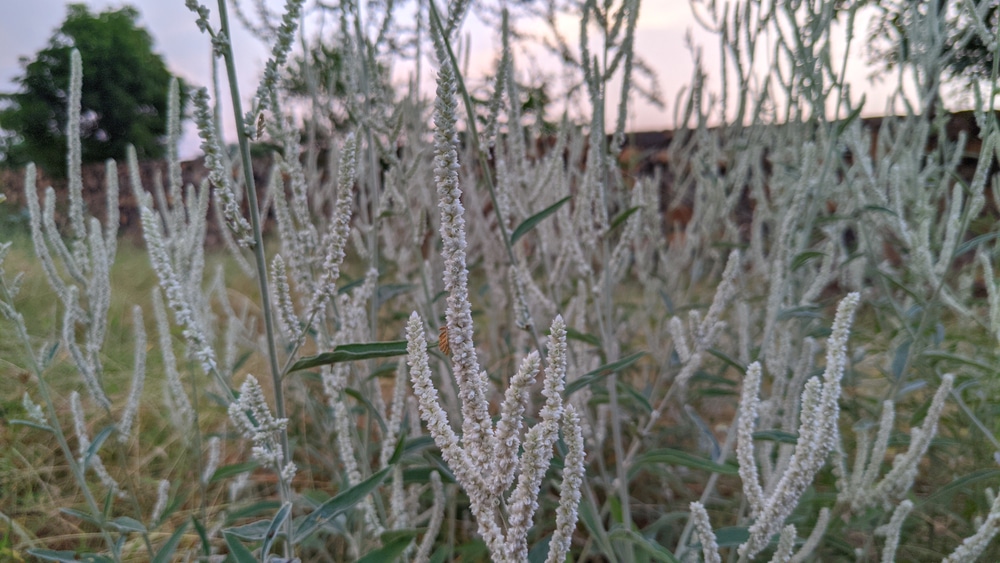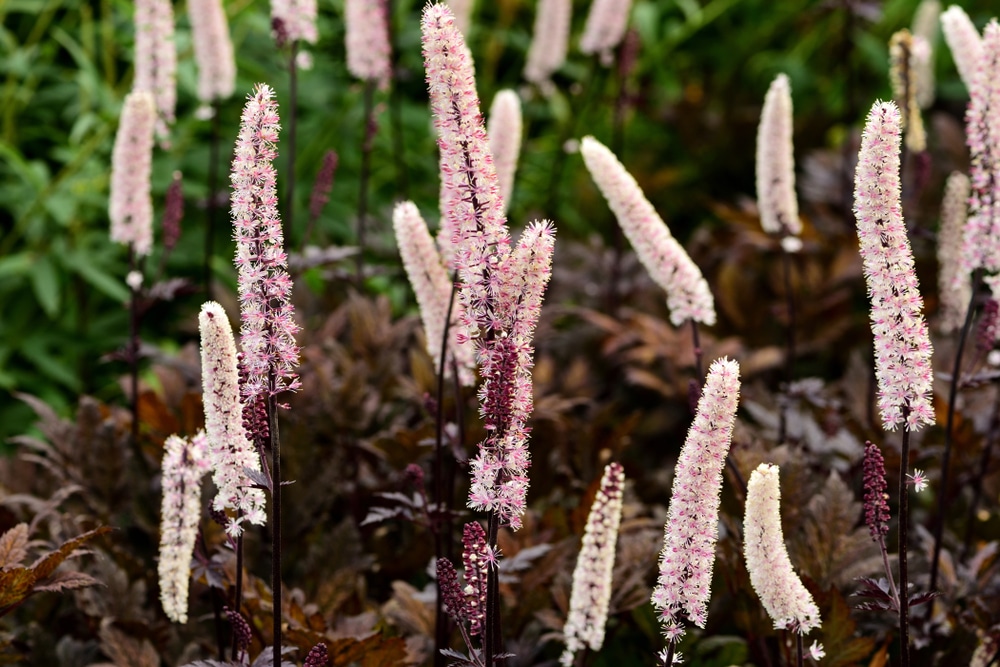Actaea simplex brunette is a beautiful ornamental plant which white flowers and purple foliage. It can add a touch of color to your flower border, landscaping project, or yard.
This plant is often referred to as “bugbane” due to its insect-repelling properties. It is native to Europe, western Asia and North Africa, but it can also be found in parts of North America.
What is an Actaea simplex brunette plant?

Actaea Simplex Brunette is a herbaceous perennial plant with foliage that provides unique interest in the garden. Its dark, nearly black foliage adds an air of mystery that sets it apart in any garden – especially when paired with its fragrant white flowers.
Actaea comes in many different varieties and is part of the Atropurpurea group. They are commonly referred to as Baneberry and are part of the Ranunculaceae plant family.
Actaea simplex brunette is a unique plant that will help attract wildlife to your yard. They will attract beneficial pollinators such as butterflies, bees, and birds due to the plant’s pollen-rich flowers.
The plants produce tall white bottlebrush flowers, up to four feet tall, and berries in the fall. The berries, flowers, and leaves are poisonous to humans if ingested and should be kept out of reach of children. They are non-toxic to pets, horses, and livestock.
Actaea simplex brunette Care

Actaea simplex brunette is a perennial plant that will typically bloom from late spring to early summer. It prefers moist soil with partial shade and can be grown in USDA Zones 3 to 8.
It’s best to plant Actaea Simplex Brunette in a sheltered spot, and the plants can also help to provide shelter and protection from the elements to smaller, delicate plants.
To help your Actaea simplex brunette thrive, provide the following care tips:
Watering
Provide your plant with regular watering and moisten the soil during dry spells. Be careful not to overwater your plants, or they may suffer from root rot. You can also mulch around the base of the plant to help retain moisture.
Sunlight
It is a hardy plant and can thrive in full sun and part shade environments, but these plants do best in areas of dabbled shade. They grow best in the middle of borders or gardens where they will have partial shade from taller shrubs or trees.
Fertilization
You can feed your plants with a balanced fertilizer twice a year, in spring and early summer.
Soil
Moderate moisture, humusy, moisture-retentive soil with lots of organic matter.
Actaea Simplex Brunette plants grow in a variety of soil types and can thrive in clay or loamy soil. The are not fussy about soil ph and can do equally well in soil that’s neutral, acidic, or alkaline.
Pruning
Prune back any dead or diseased stems as soon as they’re noticed to encourage healthy growth.
Propagation
Baneberry can be propagated by division or from seed. You can divide established plants every 3 to four years to maintain their vigor and prevent overcrowding. These plants are generally fast-growing and easy to propagate. They may even spread to areas where you don’t want them to grow, as they are able to grow new plants via underground rhizomes.
A single plant can spread up to three feet wide at maturity. It takes the plants about five years to become fully grown.
Pests and disease
Actaea simplex is generally considered to be fairly pest and disease-resistant. They are hardy plants that are usually healthy and thrive in a variety of conditions.
Conclusion
Actaea simplex brunette is a unique and beautiful addition to any yard. With its purple-brown flowers and purple foliage, it will attract beneficial pollinators such as butterflies, bees, and birds. Following the above care tips will help ensure your Actaea simplex brunette will thrive for many years to come!